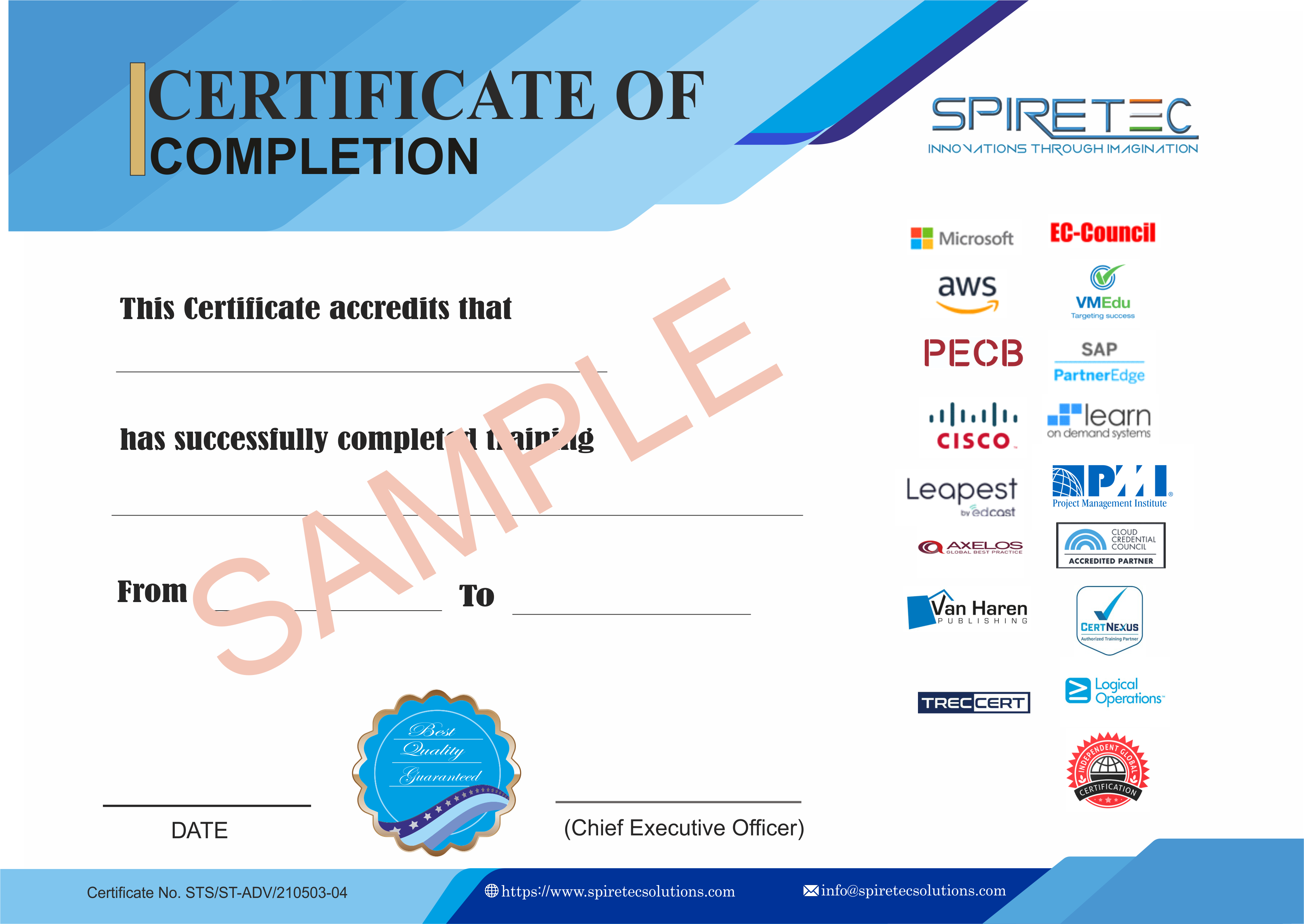The PL-200: Microsoft Power Platform Functional Consultant training course will teach you to use Microsoft Power Platform solutions to simplify, automate, and empower business processes for organizations in the role of a Functional Consultant. A Microsoft Power Platform Functional Consultant is responsible for creating and configuring apps, automations, and solutions. They act as the liaison between users and the implementation team. The functional consultant promotes utilization of solutions within an organization. Candidates for this exam can create and configure Microsoft Power Platform solutions and apps and should be familiar with using Microsoft Power Platform components to extend and customize Microsoft apps and services such as Teams, Dynamics 365, Excel, and Word.
Audience Profile:
A Power Platform Functional Consultant is responsible for performing discovery, capturing requirements, and engaging with subject matter experts and stakeholders. They translate these requirements and configure Power Platform solutions and apps. The Functional Consultant implements components such as application enhancements, custom user experiences, system integrations, data conversions, process automation, and visualizations.
At Course Completion:
After completing this course, students will be able to:
-
Collaborate with an organization to gather requirements and implement Power Platform solutions.
-
Build model-driven, canvas, and portal apps.
-
Create automated workflows using Power Automate.
-
Design a simple chatbot using Power Virtual Agents.
-
Analyze data with Power BI visualizations and dashboards.
Prerequisites:
-
Experience as an IT professional or student.
-
Working knowledge of Power Platform and its key components.
-
Familiarity with the Common Data Service and security concepts.
Course Outline:
Module 1: Introduction to the Power Platform
Overview of Power Platform
-
Power Apps
-
Power Automate
-
Power BI
-
Power Virtual Agents
Lab: Validate Lab Environment
After Completing This Module, Students Will Be Able To:
Module 2: Work with the Common Data Service
Lessons
-
Work with the Data Model
-
Create and Manage Processes
-
Work with AI Builder
-
Configure Common Data Service Settings
-
Import and Export Data
-
Use Tabular Reporting Options
-
Configure Security Settings
Lab: Create an App
Lab: Create Entities and Fields
Lab: Create Relationships
Lab: Additional Entity Options
After Completing This Module, Students Will Be Able To:
Module 3: Make Power Apps
Lessons
-
Make Model-Driven Apps
-
Make Canvas Apps
-
Make Portal Apps
Lab: App Designer
Lab: Modify Forms
Lab: Modify Views
Lab: Build Dashboards
Lab: Canvas App Fundamentals
Lab: Work with Data and Services
Lab: User Experience
After Completing This Module, Students Will Be Able To:
Module 4: Build Power Automate Flows
Lessons
Lab: Create Users
Lab: Create Security Role
Lab: Configure a New Business Rule
Lab: Advanced Business Rules
Lab: Create a Flow
Lab: Build Approval Flow
Lab: Build a Business Process Flow
Lab: Add Branching to Business Process Flow
After Completing This Module, Students Will Be Able To:
-
Automate business processes using flows
-
Connect to data in Power Automate
-
Create a business process flow with branching logic
Module 5: Work with Power Virtual Agents
Lessons
Lab: Create a Chatbot
After Completing This Module, Students Will Be Able To:
-
Configure topics, entities, and variables
-
Create a chatbot
-
Integrate with Omnichannel for Customer Service
-
Work in the PVA interface
Module 6: Analyze Data with Power BI
Lessons
Lab: Build a Word Template
Lab: Build an Excel Template
Lab: Duplicate Detection
Lab: Import Data
Lab: Export Data
Lab: Bulk Delete
After Completing This Module, Students Will Be Able To:
Module 7: Consultant Skills
Lessons
-
Consultant Skills Overview
-
Create and Validate Documentation
-
Engage Stakeholders
-
Perform Quality Assurance
-
Configure Integrations
After Completing This Module, Students Will Be Able To:
-
Identify appropriate documentation
-
Write a business requirement
-
Engage stakeholders with demos
-
Participate in ALM and testing







 Live Online Training (Duration : 40 Hours)
Live Online Training (Duration : 40 Hours)
